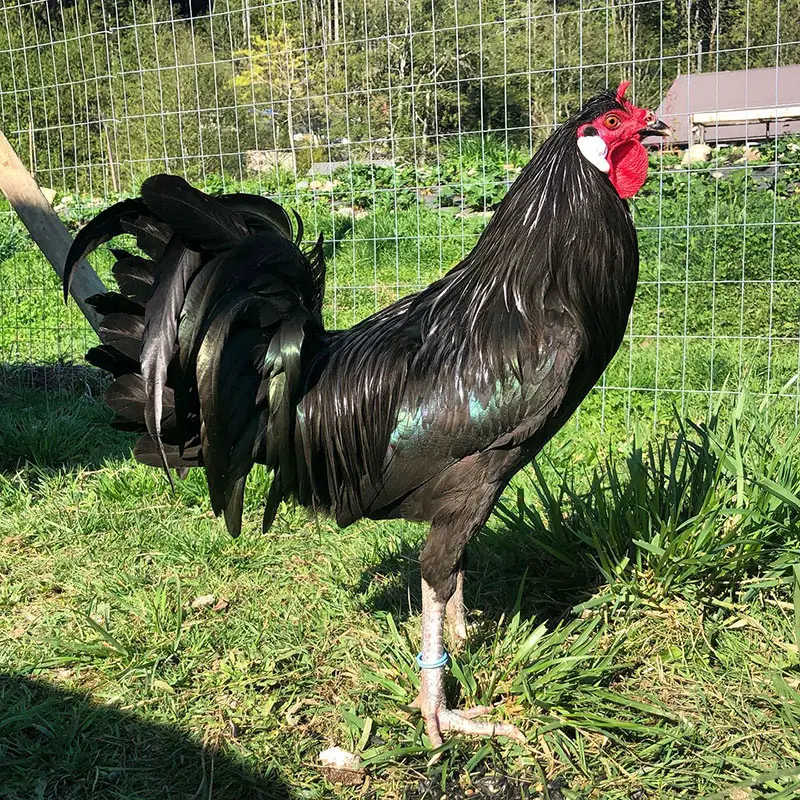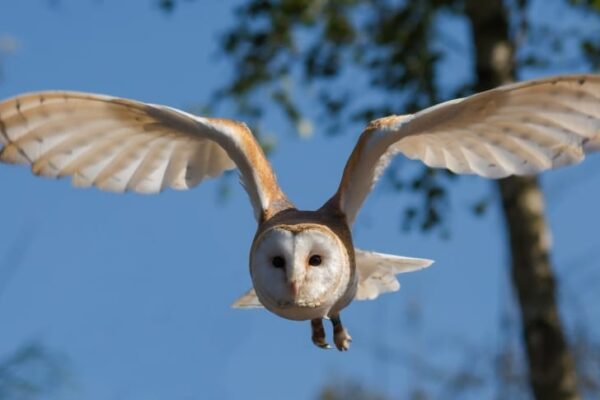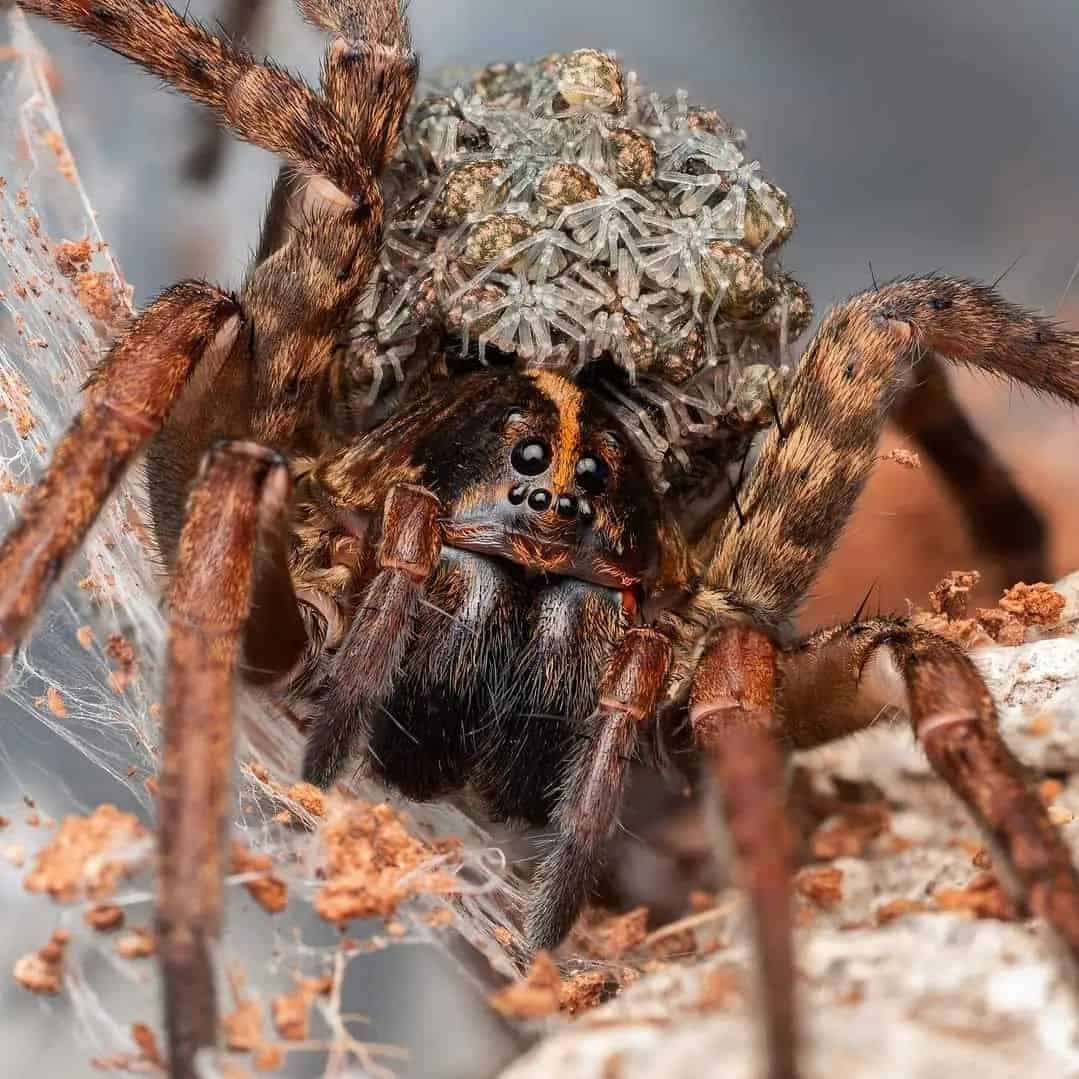There are several breeds of chicken in the world, but which is the rarest? The chicken breeds with the lowest population sizes are considered the rarest. Because an odd breed is not necessarily rare, the rarity of a chicken breed might be rather subjective. For this reason, we need to cling to a more impartial viewpoint and believe the data. Less than 1000 of the uncommon chicken breed are thought to exist worldwide, according to the Livestock Conservancy.
It’s ideal to start growing your own chicken if you like keeping some of the rarest breeds alive. We have compiled a list of the rarest chicken breeds to make it easier for you to choose the best breed that meets your needs and unique circumstances. Find the rarest species of chicken that suits your farm, backyard, or taste by reading on. Find out more about their use, temperament, capacity to lay eggs, and other traits, as well as their nation of origin. Their chances of thriving under your care will increase with your knowledge!
Eight of the Finest Breeds of Chickens
You are undoubtedly interested in expanding your flock of chickens and bringing some of the rarest breeds into it, since you are reading this post. One of the best ways to help conserve some of the best chickens is to care for uncommon breeds of chickens. The rarest chicken breeds, like the others, have distinctive characteristics that go well with their individuality. Acquire all the necessary knowledge about each endangered breed and spread the word about the value of preservation. See which of the rarest chicken breeds on our list, and consider preserving and raising one or more of them:
1. Ayam Cemani

Indonesia is the origin country.
Temperament: Calm and welcoming to novices
Six to eight years of life
Male (4.5-6.5 lbs) and female (3.5-4.5 lbs) weights
Dimensions: Average in size.
Color: Totally black
Relatively low egg-laying capacity (around 80 cream eggs annually)
It is said that this uncommon breed of all-black chickens has medicinal, mystic, and magical abilities. You should be aware of the following traits if you’re interested in one of the rarest breeds of chickens:
Fibromelanosis, an abnormal buildup of melanin, is the genetic trait that gives the Ayam Cemani breed its striking black appearance on the inside and outside (feathers, skin, wattles, comb, eyes, flesh, and bones);
They have an ornamental quality due to their remarkable all-black look;
The American Poultry Association (APA) does not acknowledge them;
The clever, kind, flighty, winter-hardy, heat-tolerant, and low-maintenance Ayam Cemani chickens;
They lay one egg on average per week and have a lengthy hibernation period that may last up to six months;
They have no unique chicken illnesses and are strong and healthy;
Because the breed is so rare, Ayam Cemani chickens are pricey.
The Ayam Cemani chicken breed is among the rarest and most ancient varieties. Nevertheless, they have won over a lot of hearts recently. With black feathers and a striking beetle-green iridescence in the sunshine, you will be the proud owner and preserver of a unique and eye-catching chicken breed if you choose to add this breed to your coop.
2. Campine

Belgium is the origin country.
Active, curious, and approachable for beginners
Lifespan: More than seven years
Weight: 6 lbs for men and 4 lbs for women
Dimensions: Average in size.
Color: gold and silver.
Egg-laying capacity: around 150–200 white eggs annually
In 1914, the APA certified the Campine, one of the rarest kinds of chicken. Large white eggs and remarkable beauty are the main reasons this breed of Belgium chicken is prized. Examine these characteristics of this exquisite and uncommon Northern European bird before bringing it under your care:
The stunning solitary comb of a campine chicken resembles a crown;
The Campine breed has just two recognized color types: gold and silver. Other color varieties, such as the Chamois Campines, or “toasty marshmallow,” have not yet been standardized;
Predators find it difficult to capture them due to their intelligence, activity, curiosity, and constant state of alertness;
Though they may not be as amiable as other kinds of chicken, the Campine breed may be won over with goodies and more time spent together!
The energetic character of the Campine chickens makes them excellent egg layers but poor setters;
They are a manageable and healthy breed;
Chickens raised in cages do not mind the cold; just make sure they have adequate heat in the winter to prevent frostbite;
They like wide, open spaces where they can run about and explore.
One of the rarest jewels in the poultry world will be yours to raise once you take the Campine hens under your wing.
3. Breda

Originating nation: The Netherlands
Calm, submissive, and kid-friendly temperament
Duration: 5–10 years
Weight: 5 lbs for women and 6.5 lbs for men
Dimensions: Average in size.
Colors: speckled, cuckoo, white, blue, and black
Approximately 180 white eggs may be laid annually.
One of the rarest breeds of chicken that is uncommon to find outside of the Netherlands is the Breda. It has even become endangered in recent years. In order to boost their population, you should think about raising Breda chickens. To do this, you have to be aware of the following details:
The distinctive characteristics of breda chicken include wide nostrils, a bent beak, feathered feet, and no comb flesh at all—just a flat patch of red skin;
They are a mixed breed that is produced for both meat and eggs;
The Breda breed of poultry is a nice, quiet animal that gets along well with other delicate animals;
They are rather sensitive, so as they develop, they need a clean yard, access to food and water, and appropriate farm biosecurity procedures;
This kind of chicken is resilient to cold weather and used to temperate climes;
Breda fowl chicks are a fantastic option if you wish to grow free-range chickens since they are good foragers;
They are an elusive breed for small-scale farming since they are the rarest chicken breed.
All things considered, this uncommon breed of chicken is excellent for both meat and egg production. Of greater significance, they make excellent pets for children and get along nicely with other animals.
4. The Flèche

Origin Nation: France
Mood: Vigorous
Duration: 5 to 8 years
Weight: 8 lbs for men and 6.5 lbs for women
Dimensions: Medium to big
Black in color
Egg-laying capacity: 140–220 big white eggs annually
Known by odd nicknames like “satan’s fowl” and “devil bird,” La Flèche is one of the rarest varieties of chicken. Their distinctive red comb-like horns, devoid of a crest, give them their moniker. Additionally, this French-bred chicken breed has the following qualities:
Black plumage, a long, well-curved tail, a medium-length, black to grey beak, sparkling red eyes, a face and wattles, large nostrils, white earlobes, and a spiky-looking v-shaped comb characterize the dual-purpose La Flèche chicken breed;
In 1874, the APA designated La Flèche as a single variety (black);
Though they are thought to be terrible moms, La Flèche chickens are excellent egg layers;
Because of its delicate, juicy, and soft flesh underneath its thin white skin, it has excellent table quality;
Because they are flighty (buy large fences) and often avoid humans, this breed is not recommended as a pet chicken;
La Flèche like to be left alone, however if given enough space to explore, they will happily be confined;
This breed should be protected against frostbite by living in warm temperatures and drinking plenty of water to stay hydrated;
La Fleche hens are healthy and don’t have any particular health issues; they just have the standard health issues that all chickens have.
Maintaining one of the rarest breeds of chickens would be the most fulfilling experience you will have if you have the opportunity and circumstances to care for the La Flèche breed. Just be sure to provide them the affection and attention they need!
5. The Sultan

Turkey is the origin country.
Calm, submissive, and kind temperament
Five to seven years of life
Weight: 6 lbs for men and 4 lbs for women
Measurements: Medium
Shade: White
Egg-laying capacity: Approximately 50 big, white eggs annually
Having arrived in England in 1854, the Sultan chicken breed is now among the rarest varieties of chicken. This breed is a great fit for an urban environment since it was raised for aesthetic reasons. The Sultan breed is renowned for the following traits in addition to its unusual appearance, which has feathers on every part of the body:
Featuring a V-shaped comb, crest, beard, muffs, large nostrils, a white or light flesh-colored beak, reddish-bay eyes, held wings, feathered slate blue shanks and toes, and five toes on each foot, sultan chickens are pure white in color.
Sultan chickens come in black and blue hues in addition to the officially approved white;
It is not possible to enhance the egg output of the Sultan chickens, since they are poor layers that only lay one egg per week;
Sultans are a peaceful, amiable type of chicken that make excellent pets and outdoor décor;
Since they can fly quite well, they need suitable housing, a green yard, and a high fence to keep them within;
Sultans are among the rarest kinds of chicken and are never seen on menus in restaurants;
In the winter, they are prone to frostbite and dislike the cold.
You must keep this uncommon breed of chicken from Turkey safe from predators if you want to add them to your coop. The Sultans are fantastic pets and yard decorations that you will be able to retain once you begin caring for them. The Sultan chicken breed may be a magnificent addition to your herd if you take into account their amiable disposition and low health problems.
6. Serama

Malaysia is the origin country.
Kind and very amiable temperament
Lifespan: More than seven years
Male (0.55-1.1lbs) / Female (0.55-1.1lbs) in weight
Dimensions: Small
Colors: orange, white, blue, black, and chocolate
Egg-laying capacity: 180–200 cream- or brown-colored eggs annually
One of the world’s tiniest and rarest breeds of chicken is the Serama. Despite the breed’s small stature, it is amiable and kind while having a fierce exterior. You should be aware of these little chicks’ several other fascinating characteristics.
The Serama is small-headed, with a single comb, red eyes that are bay, red wattles, white and red earlobes, an erect stance, strong, long legs, four toes on each foot, lofty and large breasts, and high shoulders;
Although they are wonderful moms and egg layers (fertility peaks in November and February), some have trouble hatching and have fertility problems;
Serama hens are tolerant of both extreme heat and cold, however in really cold weather, it is advisable to keep them indoors;
They are tolerant of captivity, although they like to forage—a soggy, muddy habitat is not ideal for them;
The APA has just acknowledged them (both the white and black varieties);
Four approved sizes for the Serama are micro, A, B, and C class;
Their serene and compliant disposition makes them excellent companions;
The only health issue affecting the Serama breed of chickens is their propensity for constant molting.
If you’re searching for a delightful little chicken that can live in a relatively tiny area, the Serama breed is ideal. Provide a secure and dry haven for them, either within or outside your home, to aid in their preservation!
7. The Swedish Flower Hen

Sweden is the origin country.
Temperament: Mild and composed
Duration: 5–10 years
Weight: 5.5 lbs for women and 8 lbs for men
Dimensions: Average in size.
Colors include brown, orange, red, blue, and black.
Egg-laying capacity: Approximately 150–200 big to extra-large pale beige eggs annually
On our list of the rarest breeds of chicken with excellent egg-laying ability is the Swedish Flower Hen, another variety with several uses. You should be aware of the following traits if you choose to add this breed to your current henhouse:
The Swedish Flower Hen has a red comb, pink or grey earlobes, white-tipped feathers, yellow or black skin, and orange or yellow eyes;
They take to confinement well, are good learners, and like independence and foraging;
The noisy crow of the Swedish Hen may be annoying to your neighbors, but otherwise, they are kind toward their guardians;
They are resilient and adapt well to varying temperatures;
Although very healthy, watch out for parasites with this breed of chickens;
As a consequence of natural breeding and selection, they are considered a landrace breed and have not received APA recognition;
They need a nutritious diet that includes all the necessary proteins and minerals;
Swedish Flower Hens need a coop that is at least four square feet in size, if not more.
Being a keeper of the uncommon Swedish Flower Hen will contribute to the continued existence of a kind of chicken that is gregarious, kind, and not aggressive—a breed that is ideal for young children. Because of its autonomous and problem-free temperament, this breed is an excellent option for novices.
8. Orust

Sweden is the origin country.
Nervous and perceptive temperament
Six to eight years of life
Male (4.5 lbs) and female (3.5 lbs) weight
Dimensions: little to medium
Color: Specks of white and black
Egg-laying capacity: Approximately 150 medium-white eggs annually
In addition to being one of the rarest varieties of chicken, the Swedish Orust, which originates from the far-off Islands of Orust and Tjörn, is also on the verge of extinction. The fisherman on these islands knew about this breed, but it was unknown on the Swedish mainland. Make sure you are acquainted with the following intriguing traits of this really uncommon species if you are able to locate one:
The Orust’s plumage has a black and white pattern, its claws are marked in gray and dark black, and its neck and tail have gold and metallic tones;
Orust roosters are more visually stunning than hens, and as they become agitated, their wattles change from red to purple;
Orust hens are clever, self-assured, gentle, and excellent with children;
They are prolific foragers that detest being confined and prefer to wander freely;
A minimum of 3 to 4 square feet are required for the housing of orthodontia;
Orust chickens need and get their high-protein, high-calcium diet when they are free to wander;
They like temperate conditions, therefore if it’s too chilly outside, you’ll need to install heaters in the coop;
Select a different breed of chicken if you are raising chickens for egg production, since orthodontia hens lay average eggs.
The Swedish Orust is an excellent option if you wish to grow one of the rarest breeds of chickens. In your coop, there will be a unique breed with a stunning hue that requires very little maintenance.
Final Thoughts
There are several uncommon breeds of chickens. We barely touched the surface of some of the rarest breeds of chickens while compiling our list of the rarest varieties. They are even more distinctive due to their many qualities, as you can see. With this knowledge, you may give a rare breed of chicken that fits your requirements a home. Remember that you are assisting in the survival and preservation of one of the rarest breeds of chickens by providing for them.





